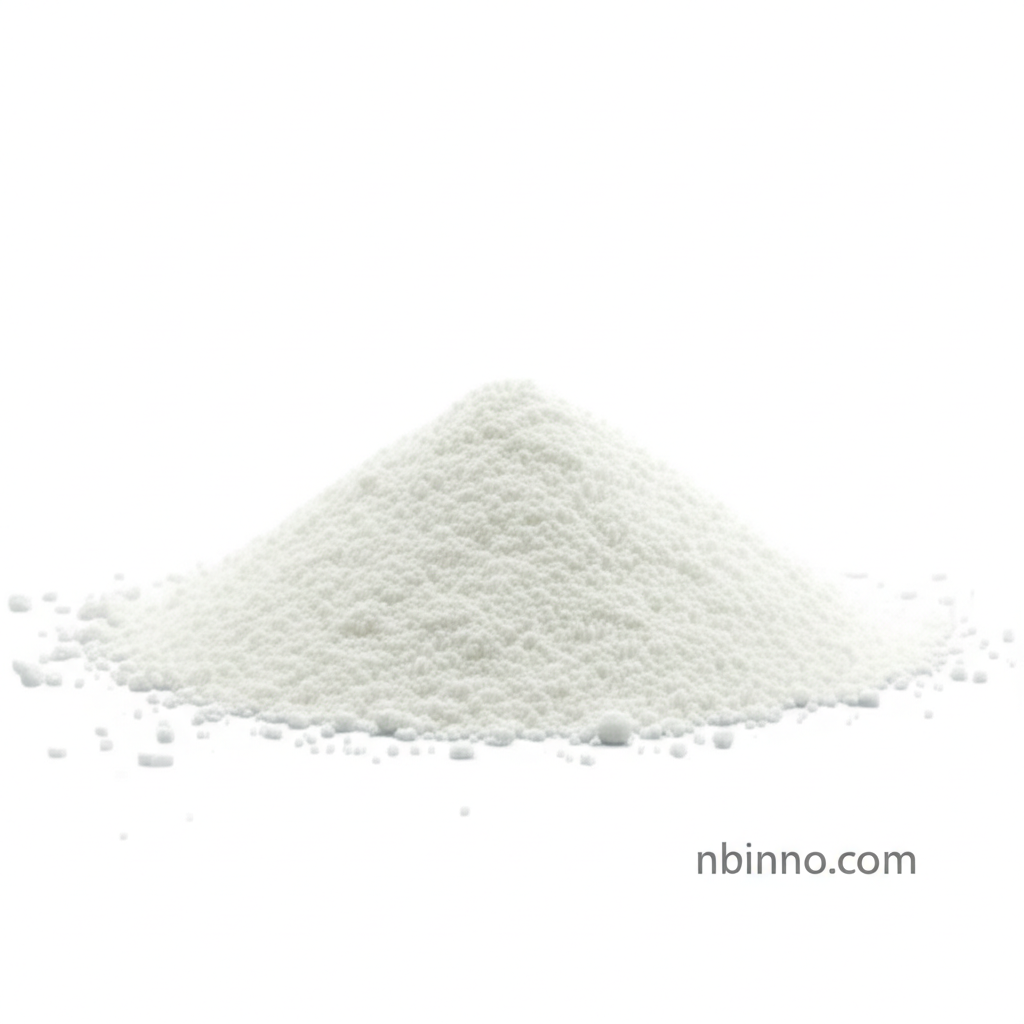2,6-Dimethyl-γ-pyrone: A Key Organic Intermediate
Discover the properties, applications, and synthesis of this vital chemical building block.
Get a Quote & SampleProduct Core Value

2,6-Dimethyl-γ-pyrone
2,6-Dimethyl-γ-pyrone (CAS: 1004-36-0) is a crucial organic compound valued for its role as a chemical and organic intermediate. Its unique structure makes it suitable for a wide range of industrial applications, contributing significantly to the development of new products in various sectors.
- Leverage 2,6-dimethyl-gamma-pyrone applications in advanced agrochemical development, offering solutions for crop protection and enhancement.
- Explore the diverse 2,6-dimethyl-gamma-pyrone synthesis pathways for efficient and scalable production in the chemical industry.
- Utilize this CAS 1004-36-0 chemical intermediate as a foundational element in the creation of complex organic molecules.
- Incorporate it as a key component in pharmaceutical intermediate synthesis, driving innovation in drug discovery and development.
Key Advantages
Versatile Chemical Intermediate
This compound serves as a fundamental building block, enabling the synthesis of complex organic molecules across multiple industries. Its adaptability makes it a go-to choice for chemists.
Broad Application Spectrum
From contributing to the efficacy of agrochemicals to facilitating breakthroughs in pharmaceuticals, its wide range of 2,6-dimethyl-gamma-pyrone applications underscores its importance.
Purity and Reliability
Supplied with a minimum purity of 97%, it ensures consistent and predictable results in your chemical synthesis processes, minimizing variability.
Key Applications
Agrochemical Industry
Serve as a critical component in the agrochemical intermediate pyrone segment, aiding in the formulation of effective crop protection agents.
Pharmaceutical Sector
Act as a vital pharmaceutical intermediate pyrone, supporting the creation of novel therapeutic compounds and drug candidates.
Dyestuff Manufacturing
Contribute to the vibrant world of color by serving as an intermediate in the production of various dyes and pigments.
Fragrance Development
Known for its potential as a fragrance ingredient chemical, adding unique scent profiles to consumer products.
